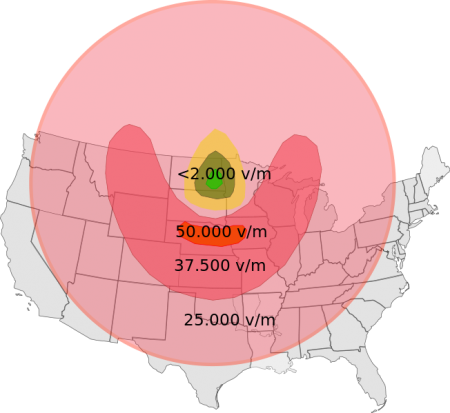In decades past, the few key electronic systems that existed worked at higher voltages than today’s machines and at lower frequencies, making them less sensitive to EM disruption. Today, though, any digitally controlled infrastructure presents a target: Power, telecommunications, finance, water, natural gas, and more are all coming under the ever-finer control of computers. Right now the power systems in developed areas of the world are installing smart power meters in homes and businesses, along with communications systems to transmit the data. The new wave of distributed renewable power systems requires additional sensors to determine their operating status, so that the grid can operate efficiently and avoid collapse. The increased need for information and the means to communicate it make all these systems vulnerable to anyone who may wish to create problems—and that means hackers, criminals, vandals, and terrorists.
And, unlike other means of attack, EM weapons can be used without much risk. A terrorist gang can be caught at the gates, and a hacker may raise alarms while attempting to slip through the firewalls, but an EM attacker can try and try again, and no one will notice until computer systems begin to fail (and even then the victims may still not know why).
(Read the rest of the story here…)
